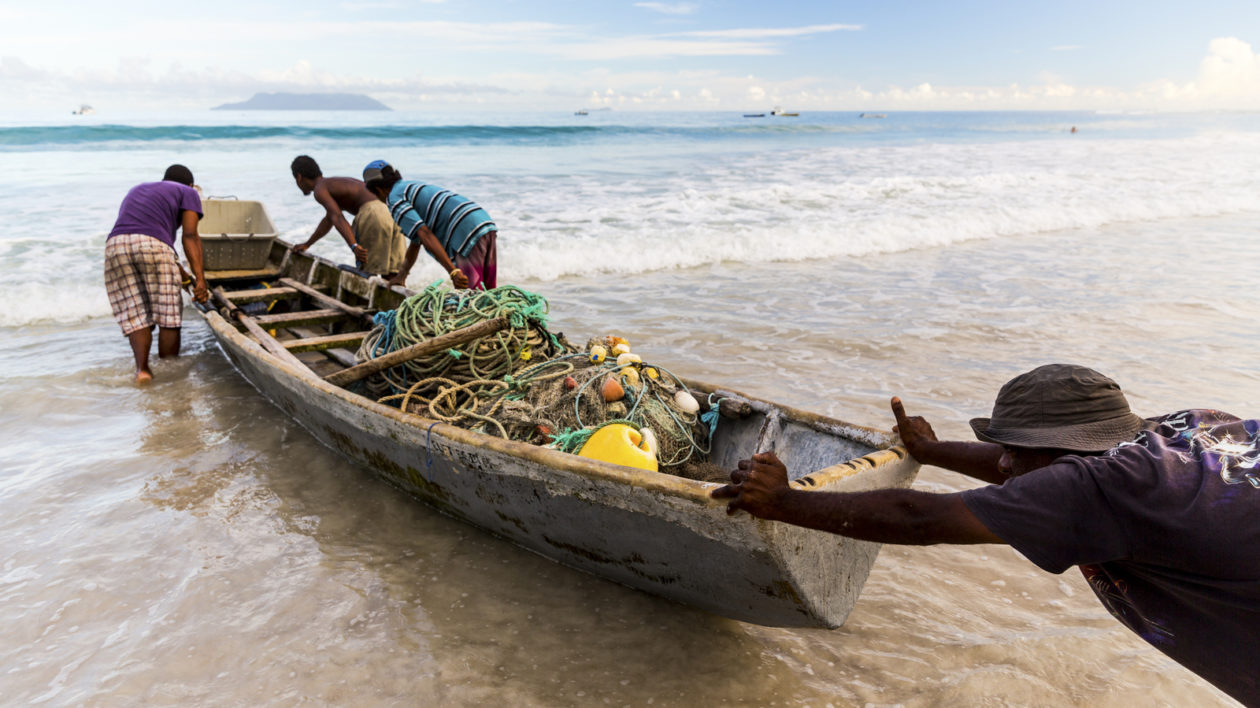Refinancing national debt can be a powerful tool for conservation. Nature Conservancy scientists have devised a new way to prioritize debt-for-nature swaps to fund marine conservation.
The Gist
Using a new form of cost-effectiveness analysis, Nature Conservancy scientists have created a framework to evaluate the return on investment of marine debt conversions. The framework incorporates social, ecological, and economic considerations, as well as considering conservation potential. Their research, published recently in Conservation Biology, used this new method to evaluate 53 potential countries.
“Debt conversions require a lot of different things to be in place for them to be effective,” says Eddie Game, author on the research and lead scientist for Asia Pacific at The Nature Conservancy (TNC). “Conditions have to be just right.” He says that this research can help prioritize candidate countries by identifying those key conditions, as well as evaluating the potential conservation outcome of any marine protected areas put in place.
The Big Picture
Debt conversion involves canceling or restructuring a portion of a country’s national debt, often with better rates or more favorable repayment terms, in exchange for the country’s commitment to conservation. Also called debt-for-nature swaps, this tool was widely used in the 1980s and 1990s as a way to fund social programs and terrestrial conservation efforts, with nonprofit organizations often acting as a third-party negotiator.
The majority of past debt conversions were used in Latin America to protect tropical forests. TNC and partner NatureVest are reviving this financing tool to help protect marine ecosystems. In 2014, TNC used this financial mechanism to help the Republic of Seychelles protect 30 percent of its national waters. The organization now wants to launch similar projects in other countries around the world.
“The rise of impact investing and greater philanthropic giving has opened up a new pool of capital for us to leverage for conservation,” says TNC’s Jennifer McGowan, the lead author on the research. “But to get the maximum benefit for conservation, we need to combine decision science with finance strategy.”

The Takeaway
Debt conversions have the potential to leverage a new source of conservation funding to some of the world’s most vulnerable countries.
Coastal and small island nations are frequently exposed to natural disasters, including hurricanes and tsunamis, and are more vulnerable to climate change than other nations. In the wake of these disasters, governments are forced to borrow money for recovery efforts, increasing the national debt. People living in these nations also rely heavily on fisheries to provide the food and other resources they need to survive.
For these reasons, TNC aims to use debt conversions to help 20 countries refinance their debt and lock in funding for marine conservation planning.




Join the Discussion